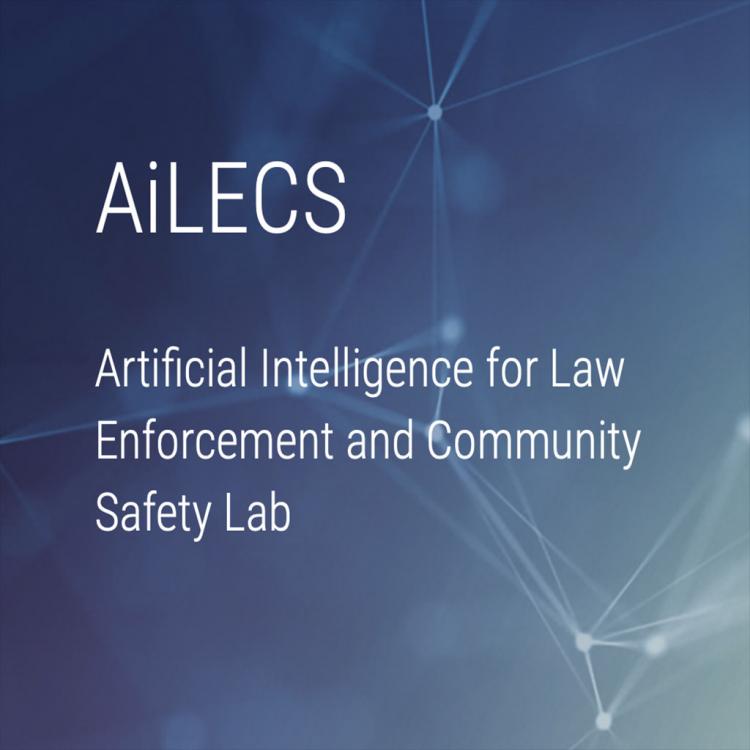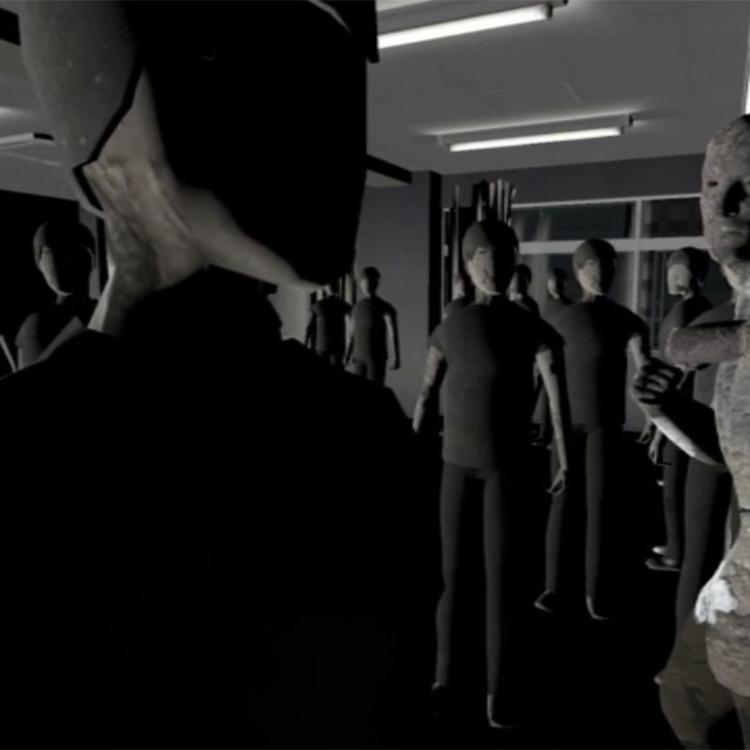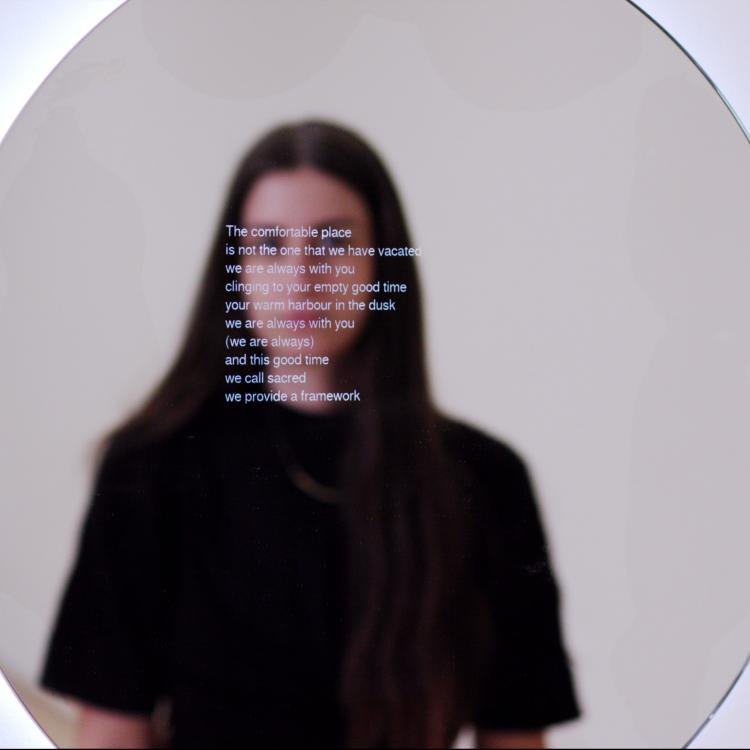This project works with leading researchers in the Faculty of Pharmacy to develop new artificial intelligence technologies to aide discovery of drugs to treat pharmacoresistant epilepsy.
You can find some of our publications here: https://i.giwebb.com/research/computational-biology/





